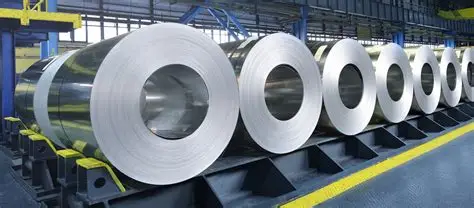Canada has imposed a 25 per cent tariff on any steel melted and poured in China, even if the metal is finished elsewhere. Imports that breach new quota ceilings will pay 50 per cent. Ottawa announced the measure on 16 July 2025, saying it will shield domestic mills from trade diversion driven by low-cost Chinese supply.
Why Tech Projects Face Higher Costs
Steel underpins 5G towers, EV-charger frames, robot casings and data-centre racks. Telecom carriers note that tower steel can account for one fifth of a rural-site budget. Clean tech developers already report higher quotes for solar racking and turbine masts, while hardware start-ups on fixed contracts may need to renegotiate timelines or prices.
Who feels it first
- Telecom operators rolling out rural 5G and microwave links
- Clean tech EPCs buying structural steel for solar and storage projects
- Automation firms sourcing rails, plates and robot frames
- Data-centre builders ordering cold aisle containment and fibre trays
Mid-sized manufacturers could struggle to switch to domestic suppliers or absorb jumps of 15–20 per cent in input costs.
Indicators to Monitor
Global steel prices sit near a three-year high, according to CRU’s Global Steel Price Index. China still produces more than half the world’s output, so rerouting orders to other Asian mills adds shipping days and paperwork. Domestic producers are running close to capacity, limiting short-term relief.
Watch these signals:
- Spot steel at Canadian ports – a sustained premium over US Midwest coil would confirm pressure.
- Tender updates – telecom and clean-energy developers will reveal slipped timelines first.
- Federal support – Ottawa is finalising a C$1 billion steel-innovation fund; grants for low-carbon alloys and recycled feedstock could ease costs, but only after current build cycles.
Canada wants to defend its mills, yet higher input prices could ripple through the infrastructure projects that drive its innovation agenda. For hardware teams, the tariff becomes an unavoidable line item. The next quarter will show whether domestic supply ramps quickly—or whether tech builders must pause while the metal market resets.













